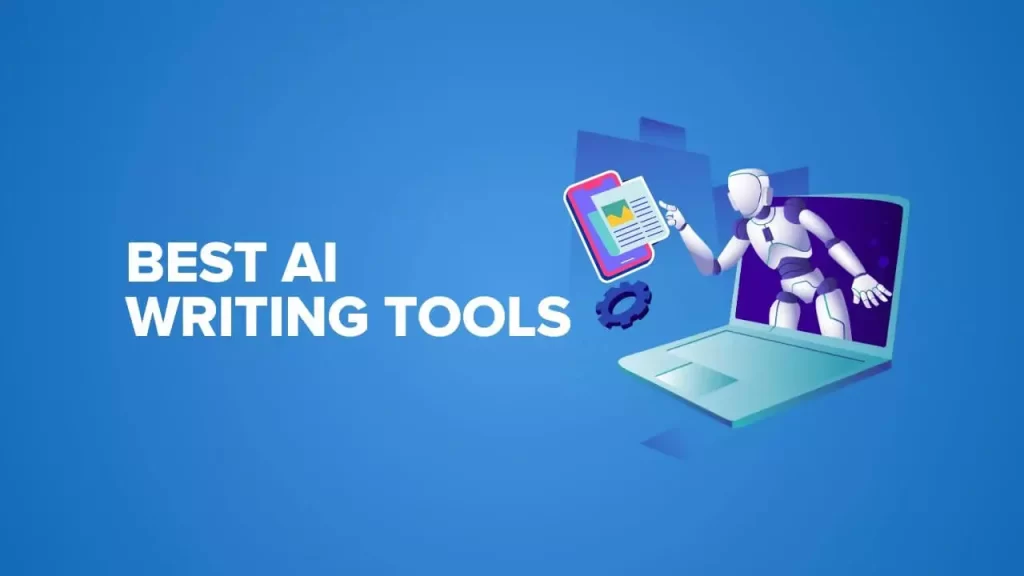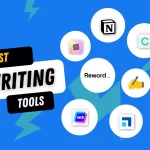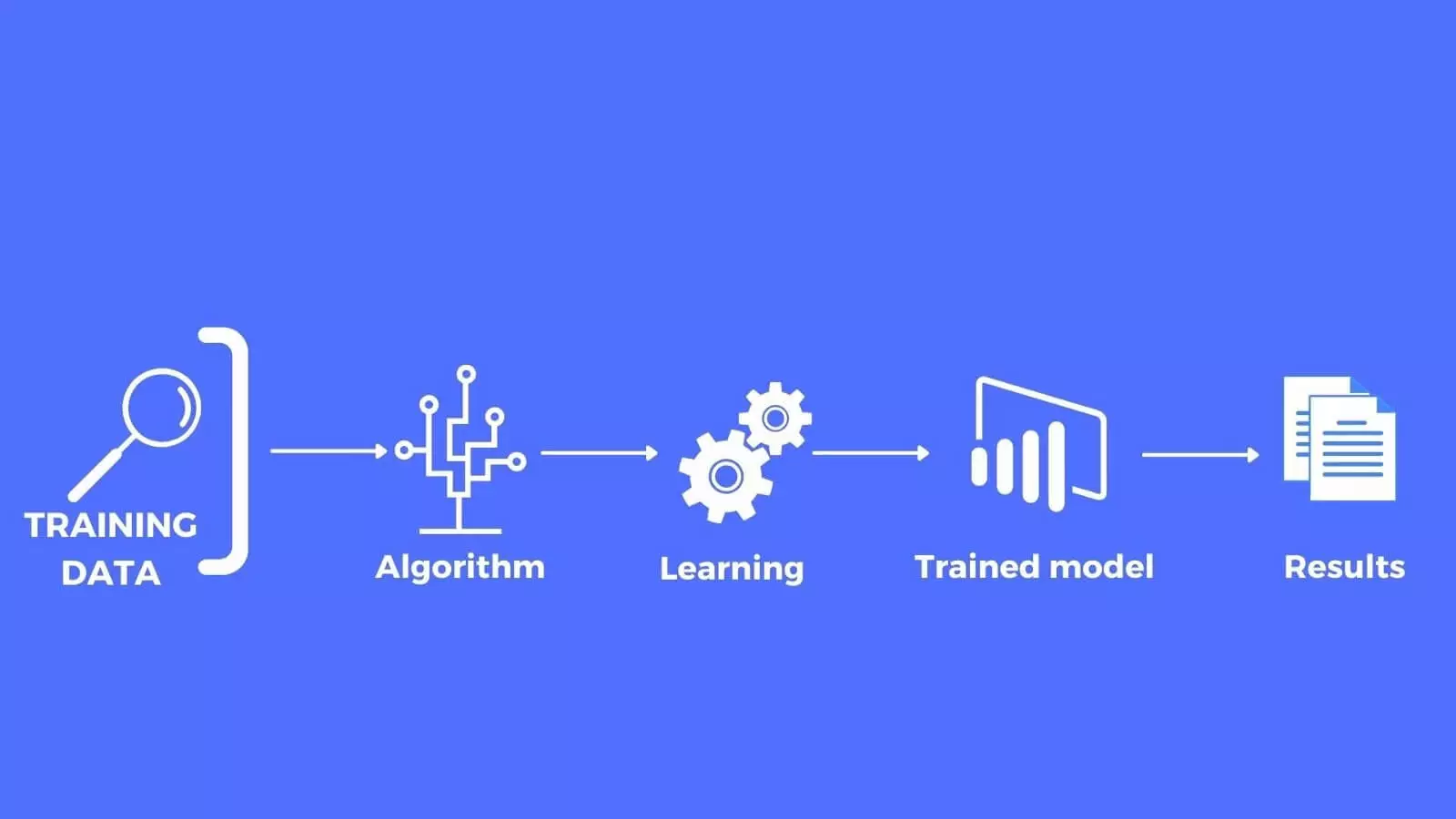As an AI-driven world emerges, it’s important for content creators to understand how artificial intelligence can become an ally rather than adversary. Fortunately, there are many free AI writing tools available that can significantly improve writing workflows and output. In this blog post, I’ll explore the top techniques for leveraging AI to enhance research, editing, publishing and more. Follow these steps to start supercharging your writing with machine intelligence.

Content
Tip #1: Utilize AI Writing Assistants
AI writing assistants like ChatGPT and Anthropic’s Constitutional AI are invaluable for brainstorming, researching and even drafting entire sections. Chat with them to spark new ideas or get instant feedback on works-in-progress. While AI can’t replace human creativity, these tools streamline ideation so you can focus on the fun parts of writing.
Tip #2: Catch Grammar and Spelling Errors
Before publishing, run text through free AI editors like Grammarly, LanguageTool and Hemingway to catch typos, incorrect word choices and grammatical blunders. Their detailed reports pinpoint issues, saving time better spent on refinement versus proofreading. Polished writing makes the best impression.
Tip #3: Detect Plagiarism
Plagiarism checkers like SmallSEOTools and DupliChecker analyze content against web sources to ensure originality. This protects your work from unintentional copying and helps establish yourself as an authority. Integrity and authenticity are core to building an audience.
Tip #4: Accelerate Writing Velocity
AI assistants perform time-consuming tasks like research, outlining and reference management, allowing laser focus on composition. Tools like Anthropic’s PBC, Wordtune and AI21’s Studio speed workflows, boosting output quantity and quality both.
Tip #5: Enhance Content
Run text through AI style and rewriting tools to identify ways of strengthening impact. Apps like ARTIFICIAL’s Writing Assistant, WordRobot and Paraphrasing Tool suggest rephrasing, adding context or transitioning to more engaging styles. Their input takes writing to the next level.
Tip #6: Automate Research
AI digital assistants scour the internet for credible sources and facts to enrich content. Ask Anthropic, Claude and Amazon Alexa simple questions to surface relevant, copyright-free information fast. Thorough research builds authority and trust.
Tip #7: Optimize for Search Engines
SEO writing tools like SEMrush, Ahrefs and SurferSEO analyze content for on-page factors search engines prioritize. Their reports pinpoint opportunities for improving discoverability through minor tweaks. Readers find your best work when search engines can too.
Conclusion
The writing landscape is transforming as AI becomes an extension of human intelligence. By leveraging free yet powerful tools, you can dramatically improve workflows and output quality. Just be sure to maintain human touchpoints like creativity, nuance and quality control. With practice and the right techniques, AI will feel like a natural partner in your writing journey. Resources like bestpromptaihub.com offer prompt ideas to spark your AI-assisted content too. Harness machine intelligence to take your work to new heights!
FAQs
Are there any risks to using AI for writing?
While very helpful, overreliance on AI risks plagiarism if not properly attributed or monitored for quality. AI also can’t replace human judgment, empathy and nuanced communication. Use AI judiciously as an assistant rather than outsourcing creativity.
What types of content benefit most from AI?
Long-form journalistic pieces require human storytelling but AI excels at short-form blogs, social posts, newsletters and other repetitive, fact-based writing. It also streamlines reference-heavy works like reports, manuals and academic papers. Know your content’s strengths.

I’m Kelly Hood! I blog about tech, how to use it, and what you should know. I love spending time with my family and sharing stories of the day with them.







